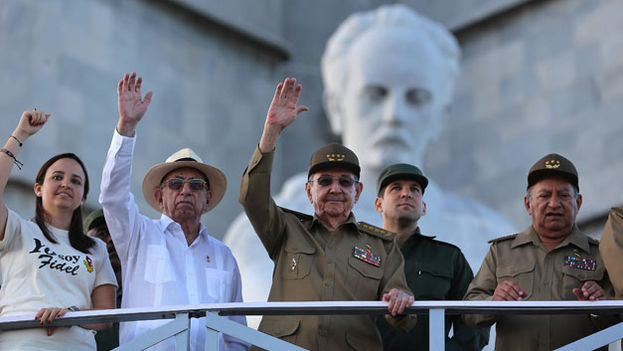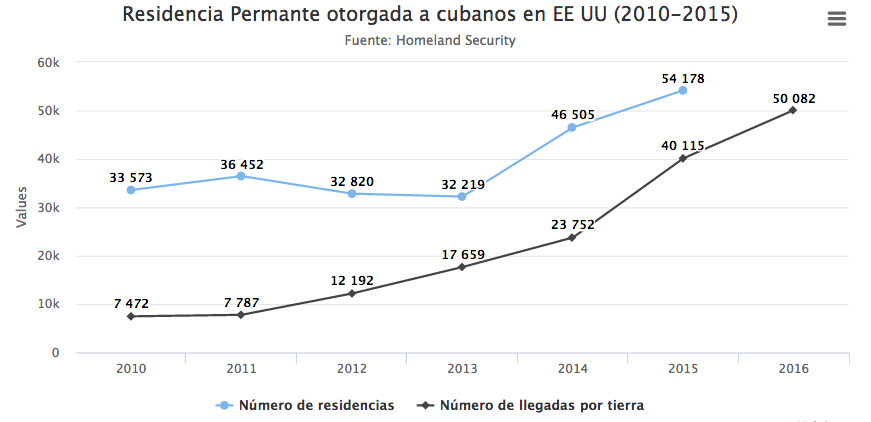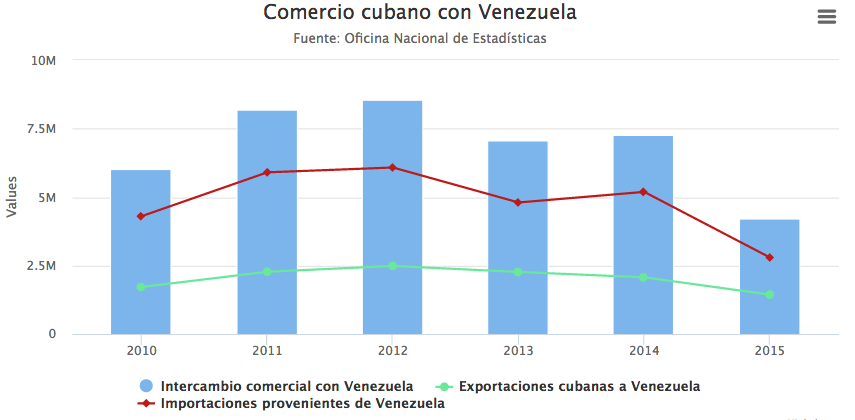
![]() 14ymedio, Mario Penton, 2 January 2017 – With a military march and a “parade of the fighting people” the new year dawns in Cuba. This time there were no tanks in the Plaza of the Revolution, but thousands of Cubans were taken there from their workplaces in order to demonstrate unity with the Communist Party and the figure of Raul Castro in the absence of his brother Fidel, who died on 25 November of last year.
14ymedio, Mario Penton, 2 January 2017 – With a military march and a “parade of the fighting people” the new year dawns in Cuba. This time there were no tanks in the Plaza of the Revolution, but thousands of Cubans were taken there from their workplaces in order to demonstrate unity with the Communist Party and the figure of Raul Castro in the absence of his brother Fidel, who died on 25 November of last year.
The event was dedicated to the young, “those who are carrying on the work of the Revolution,” to the deceased leader and to the disembarkation from the yacht Granma, which in 1956 brought a handful of revolutionaries from Mexico to Cuba who overthrew the government of Fulgencia Batista. All this in a year that is called ‘complicated’ after a fall of 0.9% in the GDP, which reflects the failures of the Raulist reforms and resurrects the old ghosts of the Special Period.
“It is ironic that they dedicate this demonstration to young people, because they are the first ones who are escaping to wherever they can because that don’t see hope or any possibility of progress in Cuba,” says Manuel Perez, a young Cuban psychologist who emigrated to Argentina looking for better work opportunities.

Carlos Amel Oliva, youth leader of the Patriotic Union of Cuba (Unpacu), shares this view.
For Oliva, the Cuban government is in the midst of “a campaign whose strategy is well thought out” to revive nationalism among young people, following the ideological vacuum left by the reestablishment of relations with the United States.
“Young people are indifferent to these old demonstrations. The only thing that interests many young Cubans is to escape to any country to find what they cannot find in theirs,” he says.
In the last three years more than 100,000 Cubans have arrived in the United States by various means to avail themselves of the Cuban Adjustment Act and obtain residence in that country. A large proportion of these migrants are young or of working age, which increases the problem of the aging of the population on the island. In 2025 Cuba will be the oldest country on the continent in demographic terms.
Negative migration balances, coupled with a low level of fertility, the already obsolete just-opened technology park, and the scarcity of foreign investments, which amounted to scarcely 6.5% of what was planned, constitute serious problems facing the country. Added to that is the crisis in Venezuela, the Cuban government’s main ally, which has substantially reduced trade with the country, according to official data.

“When the enemy disappeared, there was no one to fight against. That is something that should be given much attention and hopefully the US administration will maintain an intelligent discourse and offer no reason to revive the old Cold War discourse,” says Oliva, 29, who opposes the regime. This Unpacu leader believes that the warlike message was also addressed to the US government.
For Arnoldo A. Muller, president of the Social Democratic Co-ordination of Cuba, a Cuban opposition organization attached to Cuban Consensus, an umbrella organization that brings together several organizations in exile, the January 2nd march “is a demonstration of strength.”
“They want to maintain the continuity of the system and do not want change. It is a message about who has military control over the country, the regime makes it known to the people that Castroism continues,” he says.
The military parade was barely able to count on some troops trying to recall the significant moments of Cuban independence battles and the struggles against the government of Fulgencio Batista. Transportation in the city was focused on bringing thousands of people from their workplaces, and there were reports of traffic jams due to the terrible state of Havana’s main arteries.
From the province of Pinar del Rio, Dagoberto Valdés, director of the Center for Coexistence Studies, adds that military parades “are a throwback to the culture of war” and “the legacy of a history that has been written about warlike events and not about the development of civil society.”
For Valdes, it is a manifestation “of that tradition that has believed that the triumph of the Cuban nation is to make it strong as a Republic in Arms and not as a Republic of Souls.”
Valdés believes that, on the contrary, it is necessary to “change the logic of war for that of peace, the inheritance of war for the ethical inheritance, the building of the republic over virtue and love.”
